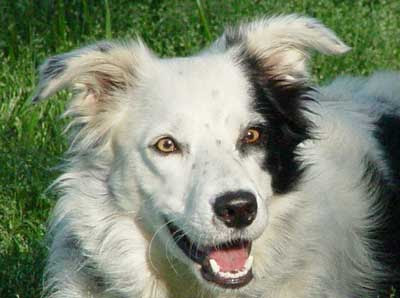
To find out whether there was a limit to the number of words a border collie could learn, psychologists Alliston Reid and John Pilley of Wofford College in Spartanburg, South Carolina, started an intensive training programme with Chaser. Over three years, they taught the collie the names of 1022 toys by introducing them to her one by one, getting her to fetch the toy and then repeating the name to reinforce the association.

The team regularly tested Chaser on her entire vocabulary. Groups of 20 toys were chosen at random and put in a separate room from where Chaser had to retrieve them by name. The toys were in another room so the trainer would not unintentionally give Chaser cues about which toy to choose. According to Reid, the dog completed 838 of these tests over 3 years and never got less than 18 out of 20 right. Chaser was also taught to categorise the named objects, complete tasks such as touching the toy with her nose or paw, and like Rico, she could infer the name of a new object from a set of familiar objects.
"The experimenters did a lot of controls to exclude alternative explanations, although from my experience the results are simply too good," says Ádám Miklósi, founder of the Family Dog Project at Eötvös Loránd University in Budapest, Hungary. Other dogs perform similar tasks, he says, but they usually make more mistakes. He thinks Chaser's intensive training explains the difference. "This study shows that this dog has good skills for comprehension but the production side of communication is missing," says Miklósi.
No comments:
Post a Comment